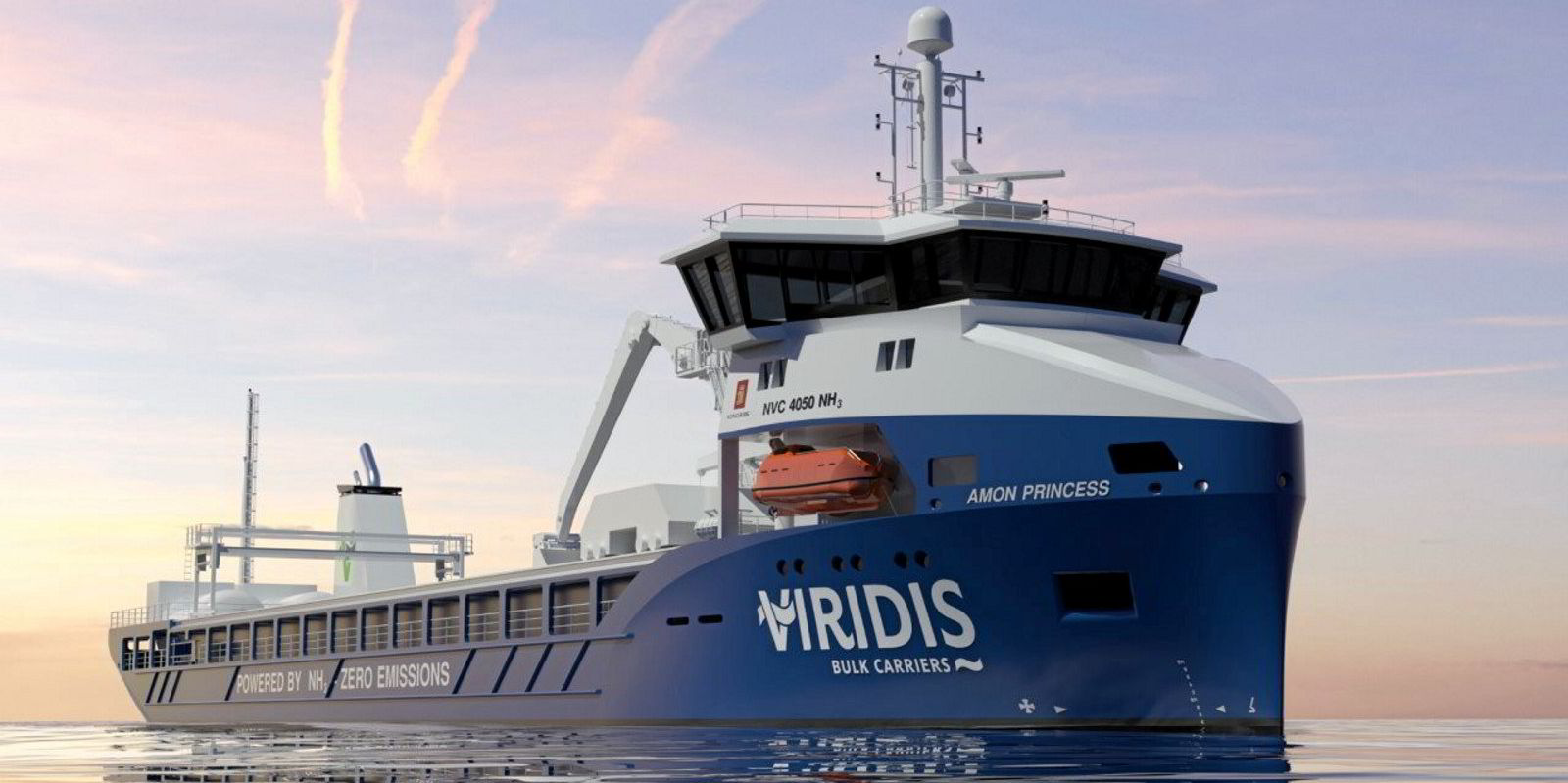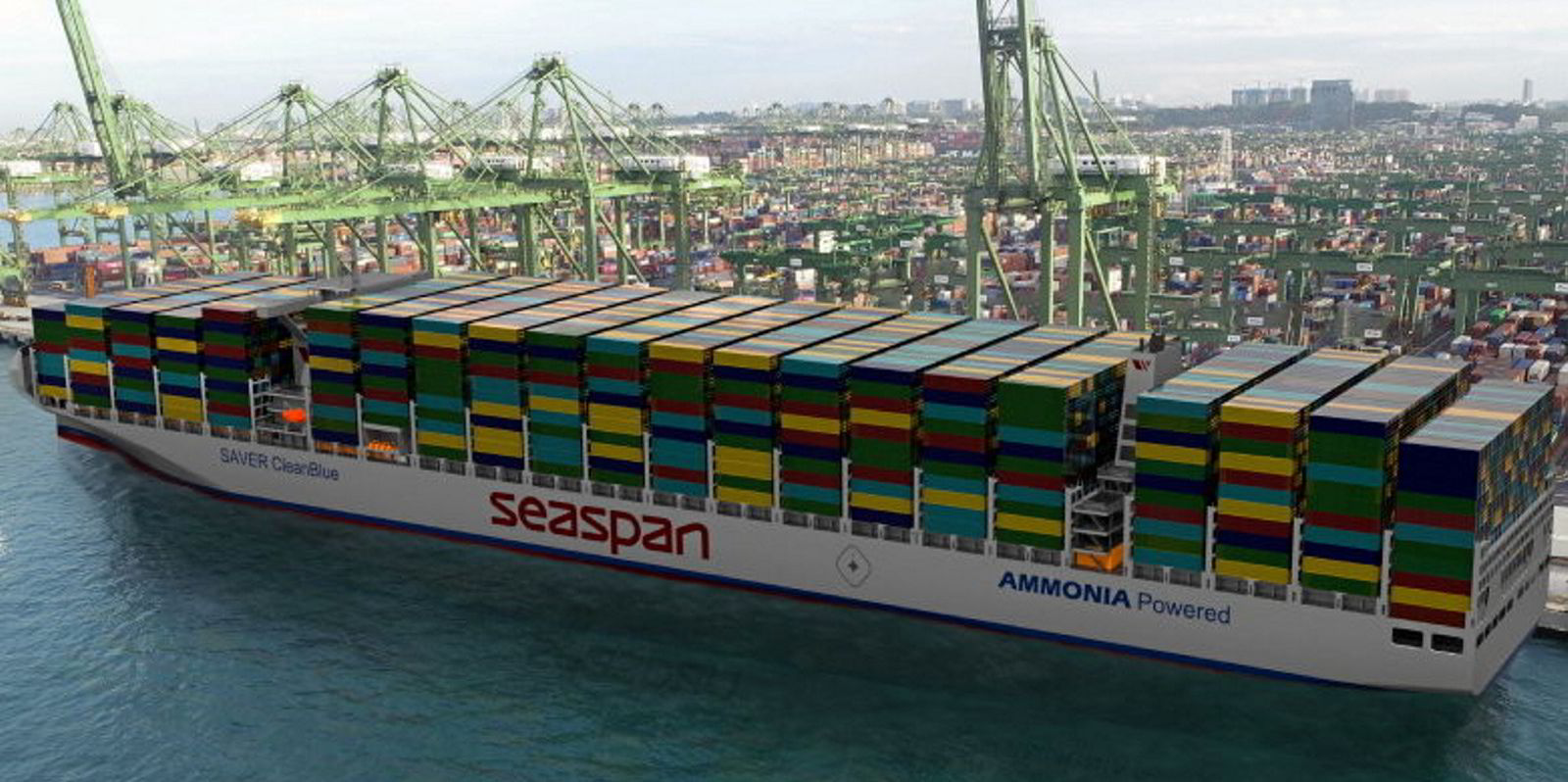WinGD plans to have its first commercial ammonia engine delivery in the first quarter of 2025 as momentum gathers pace on this next upcoming marine fuel.
Executive director of sales Volkmar Galke told TradeWinds that the Swiss-headquartered marine power company expects to see a first vessel on the water six months to nine months after this.
Galke said the discussions around ammonia fuelling are now changing from the shipyards and the engine makers towards the front-end users such as the shipowner, charterer and those producing the ammonia.
He also sees enquiries coming for vessels across a broad range of sectors, including ammonia carriers, newcastlemax bulkers, pure car/truck carriers and tankers.
China State Shipbuilding Corp-owned WinGD has already bagged its first orders but is hinting at fresh contracts in the works.
The company is working with CMB Group and its huge newbuilding programme for 20 newcastlemax bulk carriers.
Its ammonia engines will be installed on the CMB vessels delivering from mid-2025. Those delivering before this date will have diesel engines and are being built ammonia-ready, with enlarged space in the stern to house future bunker tanks, so they can be retrofitted later.
‘Ammonia likes it hot’
Dominik Schneiter, who became WinGD chief executive at the end of July, said many newbuildings are claimed to be ammonia-ready when they are not.
He sees “big differences” in some of the approvals in principle (AiPs) being issued by class for ammonia-ready vessels.
Schneiter said WinGD expects to receive the first AiP for a two-stroke engine by the end of September or in early October.
He said the slow-speed two-stroke is the best combustion engine for ammonia as it has a very long stroke, along with high compression and temperature. “Ammonia likes it hot,” he said, and this gives it time to burn.
Galke said: “From the engine point of view we are pretty advanced.”
He described WinGD’s offering as essentially a diesel engine with “a backpack on top” — something the company has already done with methanol and that it is now applying to ammonia.
“The engine is retrofittable,” he said. “We see owners now that sit and wait — go for diesel now to retrofit later.”

WinGD is also observing that some of what Galke described as “very innovative” owners who opted for LNG fuelling initially are going back to diesel engines because they do not know which option they might choose for their fuel.
But he admitted that the greener forms of ammonia as a marine fuel are not available now, and while retrofit discussions are taking place, it is understandable that owners would not commit until fuelling supplies are clearer.
Tracing WinGD’s journey with ammonia, Galke said it ran a research engine in 2021 using high-speed cameras to observe “every single molecule”, because with ammonia it is important to know what is happening to the fuel.
“For ammonia, you have to understand the combustion process, what is the ammonia slip, the fuel consumption, the pilot fuel injection needed, the behaviour of the heat release,” he said. “We need to really understand the thermodynamics.”
Galke is unconcerned about NOx release or “ammonia slip”, which he said is lower than for a diesel engine. But ultimately the amount of ammonia slip tolerated will depend on the new regulations being drawn up by class, Schneiter added.
“There is a lot more to it than just the engine,” Galke said, citing areas such as storage, crew training and ship operation. “It is actually a whole new network.”






